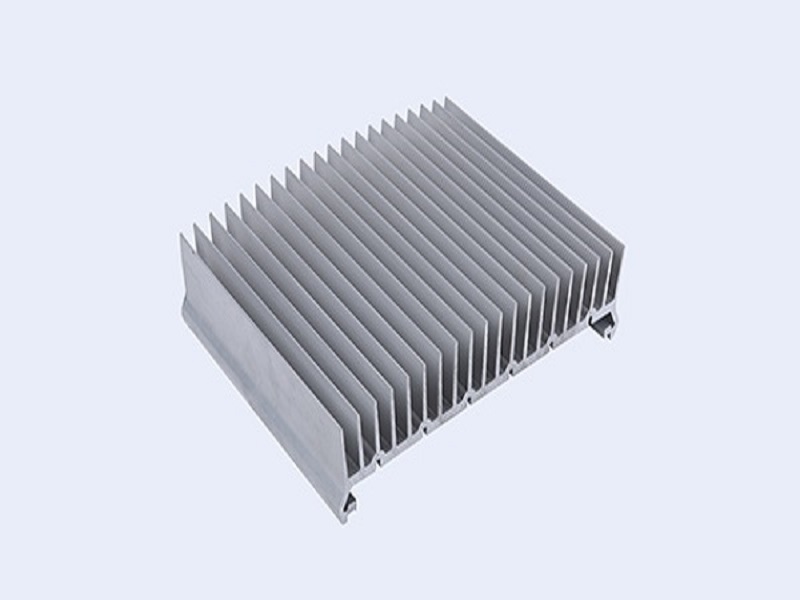For the moment, extruded aluminium heat sinks are widely used, mainly in computer accessories or fan heaters. Different forms of heat dissipation respond to users with different needs. I believe that consumers have some understanding of the way heat sinks are dissipated in their usual concerns. What is the principle of extruded aluminum heatsinks?

First of all, there are two important concepts to explain:
1. Thermal conductivity: The thermal conductivity refers to the material that is 1m thick under stable heat transfer conditions. The temperature difference between the two sides is 1 degree (K, °C). The heat transferred through the area of 1 square meter in 1 hour, the unit It is watts/meter Celsius.
2. Specific heat capacity: The heat absorbed by a substance of unit mass by 1 °C (or the heat released by 1 °C) is called the specific heat capacity of this substance, referred to as: specific heat, expressed by the letter "c".
Aluminium heat dissipation material has become one of the most widely used and widely used heat dissipation materials due to its low price. Aluminium has the characteristics of low density, good ductility and easy processing. However, the hardness of pure aluminium is insufficient and the cutting performance is poor. Therefore, in actual production, in order to ensure the proper hardness of the product, the manufacturer uses aluminium alloy to manufacture the actual product. Of course, doping other metals will result in a decrease in heat dissipation performance. Aluminium has a thermal conductivity of 237 for faster and more efficient heat dissipation.
The principle of extruded aluminium heat sinks






